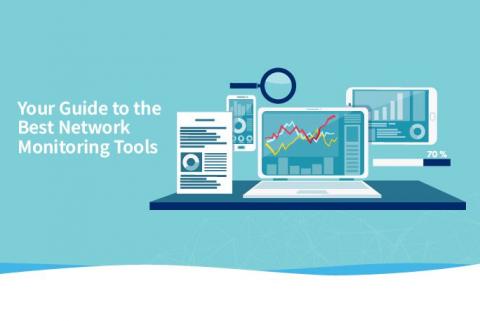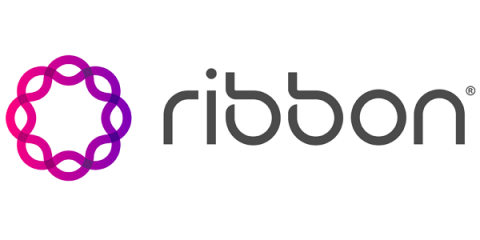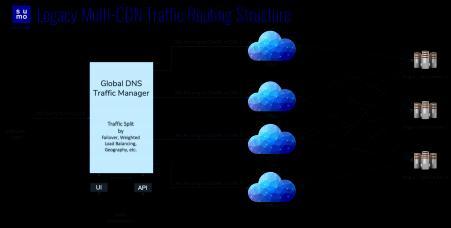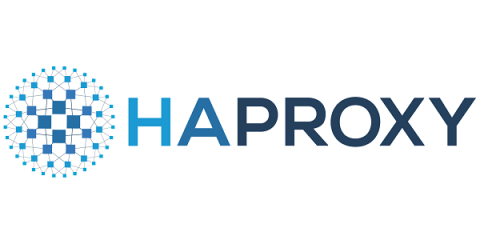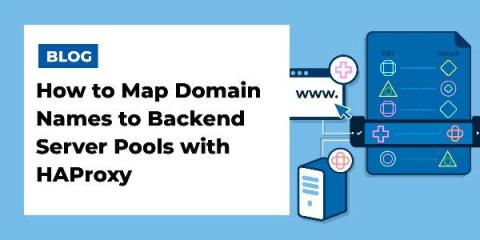Your Guide to the Best Network Monitoring Tools
Monitoring your network is essential if you want to make sure you are protecting your productivity. However, knowing where to start is a challenge. That’s why there are multiple network monitoring tools available. But how do you necessarily know which are likely to work best for you? In this guide, we will look at some of the most popular network monitoring software available. We will also consider what each model does to help support network management in real-time.


